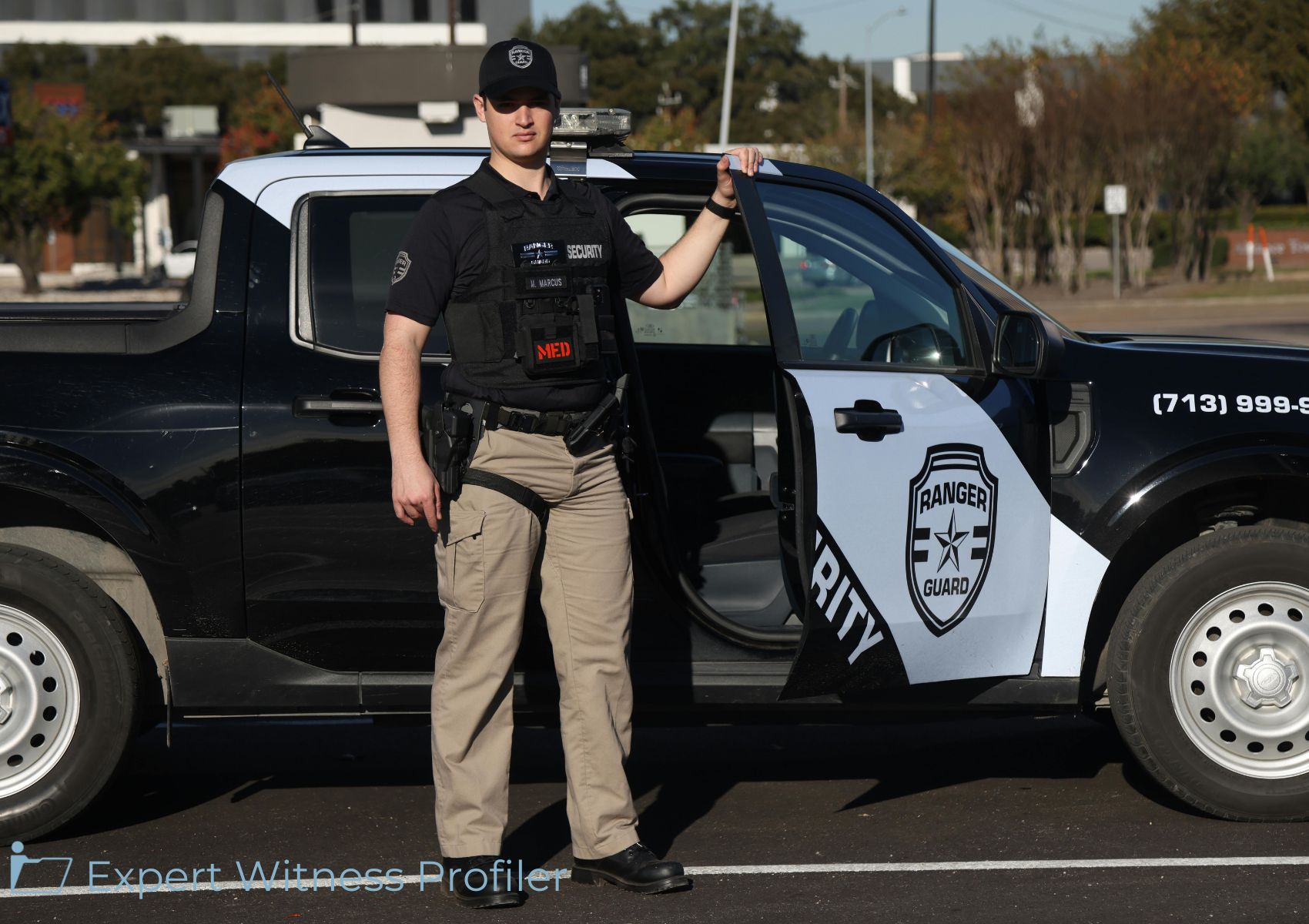Expert Fire Investigator’s testimony determining the point of origin and cause of the fire found reliable
Posted on September 29, 2023 by Expert Witness Profiler
This case involved a dispute between Republic Services of Indiana Limited Partnership (Republic) and Coe Heating & Air Conditioning, Inc. (Coe). Republic sued Coe alleging that Coe’s installation of Space-Ray heaters caused a fire that completely destroyed one of Republic’s structures.
Republic owned and operated a waste management facility in Fort Wayne, Indiana. The Operations Building at the Facility is divided into four section—one for office spaces and three for maintenance operations. The section where Republic alleges the fire started is known as “Building 1.” Building 1 was referred to as the “Paint Bay” or “Paint Room” as 17-19 containers were painted daily using Sheboygan Blue Enamel Paint. Over time, blue paint dust accumulated inside and covered Building 1. The building’s old heaters would clog and malfunction due to the paint dust.
In early 2019, Republic contacted HVAC companies, including Coe, for quotes on new heaters. A Coe salesman inspected the facility and recommended Republic purchase three Space-Ray infrared gas tube heaters. Coe provided a quote, Republic accepted, and Coe installed the new heaters in January 2019. Shortly after, paint operations resumed and the heaters began accumulating blue paint dust.
In March 2019, just six weeks after installation, flames broke out in Building 1. The entire operations building was at a total loss. The next day, certified fire investigator James Foster was hired to investigate. Foster interviewed witnesses who said all work in Building 1 ended by 4pm the day of the fire, and the only things left on were the heaters which were set to run overnight—likely at 70 degrees (F)—as the overnight low was 28 degrees (F) on the night of the fire.
Foster collected debris samples from inside the Space-Ray heaters. Testing by forensic scientist Sharee Wells found the samples tested positive for xylene, a flammable solvent also found in the Sheboygan Paint. Foster conducted multiple inspections, both individually and jointly with Coe’s expert. Foster took over 1,000 photos and considered burn patterns, interviews, lab results and expert opinions in developing his origin and cause analysis.
Foster concluded the cause and origin of the fire was a direct result of the open infrared tube heaters in the area where painting and other procedures were performed.
Coe filed a Daubert motion seeking to exclude the testimony of Republic’s expert fire investigator, James Foster. Coe argued Foster was unqualified and presented unreliable testimony.

Fire Investigation Expert Witness
James P. Foster is a Certified Fire Investigator (“CFI”), a Certified Fire and Explosion Investigator (“CFEI”), and a Certified Vehicle Fire Investigator (“CVFI”). Foster holds certifications from several governing associations in fire investigation and has been involved in over 2000 fire investigations, authoring more than 1400 cause and origin reports. He was the chief investigator with the Madison County Indiana Fire Investigation task force.
As a prior State of Indiana certified fire instructor, he has instructed courses throughout the state related to fire service topics and certification courses related to fire, investigations, firefighter, EMS, and hazardous materials. Foster has performed fire origin and cause investigations, interviews, and interrogations of suspects and witnesses and has testified in criminal cases involving law enforcement activities. He has given depositions and court testimony in findings and technical related issues as an expert witness.
Discussions by the Court
First, Coe contended Foster lacked qualifications to rule out electrical causes since he was not an electrical engineer. The Court found this argument unpersuasive. It stated experts can qualify through skill and experience, not just academic credentials. The Court detailed Foster’s extensive credentials, including forty-four years as a fire investigator, over 2000 fire investigations conducted, authorship of over 1400 cause and origin reports, and decades as an instructor teaching fire investigation courses. Foster also completed training on electrical systems to help determine fire origins. The Court held Foster’s long experience as an investigator qualified him to determine the origin and cause of the fire, even if electrical components were involved. An expert need not have a narrow specialization like electrical engineering to offer admissible opinions.
Second, Coe challenged the reliability of Foster’s methods for determining the fire’s origin and cause. But the Court found Foster complied with National Fire Protection Association’s Guide for Fire and Explosion Investigations (“NFPA 921”) standards, which courts have recognized as a reliable methodology. Foster used a systematic investigative approach, interviewing witnesses, examining the scene multiple times, collecting over thousand photos, obtaining debris samples, and shipping them for laboratory testing. He analyzed burn patterns and considered electrical causes before ruling them out. Foster evaluated other expert opinions and developed, tested, and eliminated various hypothesis before reaching final conclusions. This process reliably linked the data Foster collected to his opinions.
Coe argued Foster’s conclusions contradicted other experts, including Laurel V. Mason, who disputed the fire could originate with the heaters or involve ignition of the paint. But the Court stated the fact that just because Foster reached different conclusions, it did not make his methods unreliable. Competing expert opinions go to the weight of the evidence, not admissibility. As long as an expert reliably applies a valid methodology to the facts, as Foster did, disagreements over the conclusions affect credibility, not admissibility.
The Court recognized Coe pointed out potential flaws in Foster’s analysis, such as questionable reliance on burn patterns in a destroyed building and dismissing electrical causes without electrical expertise. But the Court stated its role as gatekeeper was not to decide which expert was more correct. The jury would hear competing expert opinions at trial and assess their weight and credibility. The purpose of the Daubert inquiry was to vet the methodology, not judge the soundness of conclusions. Since Foster used reliable principles and methods, weaknesses in his opinions properly went to weight, not admissibility.
Held
The Court denied Coe’s motion because Foster was qualified and reliably applied an accepted investigative methodology. The Court emphasized Coe could challenge Foster’s conclusions through cross-examination at trial. But alleged flaws in his opinions did not warrant exclusion, given his compliance with NFPA 921 standards and extensive factual data supporting his analysis.
The Court has not arrived on an outcome for this case since the remaining issues involved in this case still await resolution.
Key Takeaways:
This case highlights several important principles regarding expert witness testimony under Daubert:
- Experts can qualify through practical skill and experience, not just academic credentials. Foster’s decades of fire investigation experience sufficed, despite lack of electrical engineering degrees.
- The purpose of Daubert is to vet methodology, not judge the soundness of expert conclusions. Disagreements over an expert’s opinions generally go to credibility and weight, not admissibility.
- Courts should not determine which expert is “more correct” at the Daubert stage. The jury assesses competing expert testimony at trial.
- Minor flaws or inconsistencies in an expert’s analysis, such as typos in a report, affect weight not admissibility. These are fodder for cross-examination.
- Applying a reliable methodology like NFPA 921 shows adequate expert methodology under Daubert, even if parties dispute the conclusions.
- Experts can form opinions based on observations, experience and inferential reasoning. Testing and peer-reviewed publication is not necessary in all fields.
- Opposing experts critiquing an expert’s opinions does not alone render the testimony unreliable under Daubert. Competing views create issues of credibility and weight for the jury to resolve.
Overall, this case shows courts should focus on an expert’s methodology, qualifications and factual basis at the Daubert phase, not resolving battles between experts with competing conclusions. The jury’s role is to weigh expert opinions at trial.





